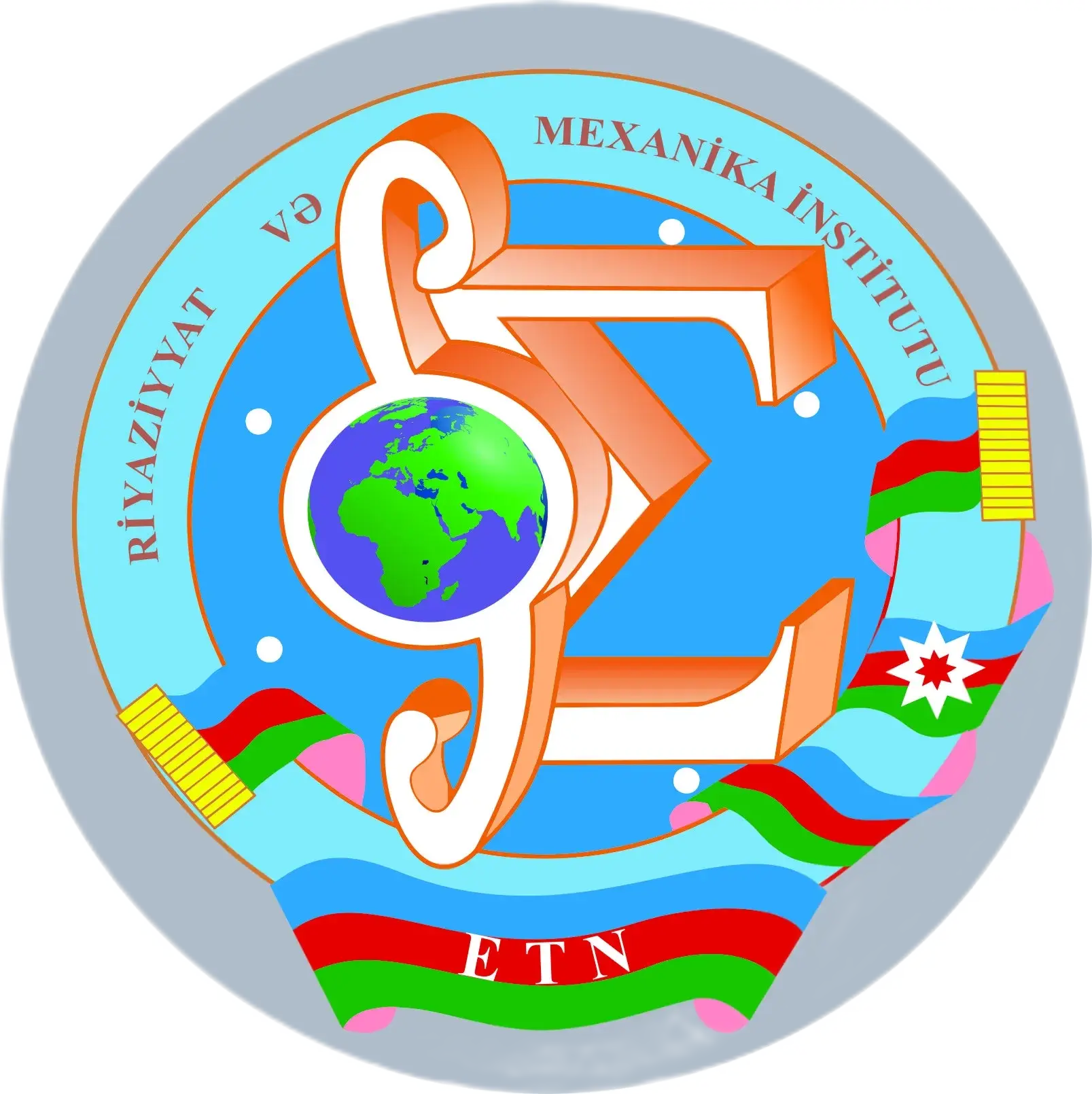



14/11/2017

Creating high-quality fuels that are safe for alternative energy and the environment sometimes forces scientists to think of the most sophisticated methods. For example, Korean researchers have recently introduced the technology of airborne fuel production. It’s also a realistic technology depicted in Nature Communications magazine.
South Korea’s chemists team has created nanomaterial, capable of transforming carbon dioxide into methane, using only the energy of the sunlight. According to one of the researchers at the KAIST Institute, Hoonjun Sun, “catalysts created in recent years have two major disadvantages that do not allow them to be used in practice, their processing speed is extremely low, and faster catalysts are usually unstable and after several hours of use then you need to clean it. Moreover, they all have a sufficiently low KPD. Our catalyst has a record high activity and efficiency and surpasses its analogues. ”
Apparently, the invention of South Korean experts has been deprived of the above-mentioned shortcomings. In the process of combining the nanoparticles of zinc oxide and their combination with other nanomaterials, scientists have observed how their chemical and optical properties change. From these experiments, it was clear that nanoparticles, combined with oxide of zinc and copper, actively absorbed CO2 molecules, split it down, and converted carbon dioxide into methane for good lighting time. In addition, these nanoparticles are not dispersed and are not contaminated during long-term use.
Experts are now preparing for further research and are trying to improve the technology to build up the reactor’s KPD and to create industrial facilities for the practically inexhaustible energy source.
source: https://hi-news.ru